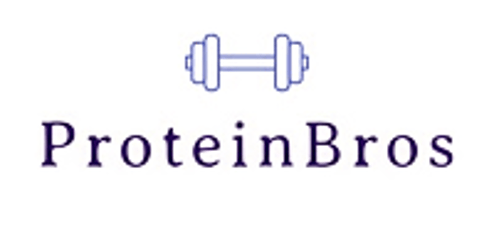How to Choose the Right Protein Powder for Muscle Gain: A Science-Based Guide
Protein powder is a popular supplement for those seeking to build muscle mass. With numerous options available, selecting the right one can be overwhelming. Factors like protein source, amino acid profile, and individual dietary needs all play a role in making the best choice. Learn more here!
12/21/20245 min read
Protein powder is a popular supplement for those seeking to build muscle mass. With numerous options available, selecting the right one can be overwhelming. Factors like protein source, amino acid profile, and individual dietary needs all play a role in making the best choice.
To choose the optimal protein powder for muscle gain, look for products with high-quality whey or casein protein and a complete amino acid profile. These ingredients support muscle synthesis and recovery after workouts. The powder should also align with personal dietary restrictions and taste preferences.
Considering factors such as budget, digestibility, and specific fitness goals can further narrow down the selection. By evaluating these aspects, individuals can find a protein powder that best supports their muscle-building efforts and overall health objectives.
Understanding Protein Powder
Protein powder is a popular supplement for muscle gain and recovery. It comes in various forms, each with unique properties and benefits for athletes and fitness enthusiasts.
Types of Protein Powder
Whey protein is the most common and fastest-absorbing option. It's derived from milk and contains all essential amino acids. Casein, also from milk, digests slowly and provides a steady amino acid release.
Plant-based proteins like pea, rice, and hemp offer alternatives for vegans or those with dairy allergies. Soy protein is another plant option, complete with all essential amino acids.
Egg white protein is lactose-free and easily digestible. Blended protein powders combine different sources for varied benefits.
Protein Quality and Absorption
Protein quality is measured by its amino acid profile and digestibility. The Protein Digestibility Corrected Amino Acid Score (PDCAAS) rates protein sources on a scale of 0 to 1.
Whey and casein score highest at 1.0. Soy and egg proteins also rank well. Plant proteins often have lower scores but can be combined to improve their amino acid profile.
Absorption rates vary. Whey is rapidly absorbed, making it ideal post-workout. Casein's slow absorption suits nighttime consumption for sustained release.
Role of Protein in Muscle Gain
Protein is crucial for muscle growth and repair. It provides the building blocks (amino acids) needed for muscle tissue synthesis.
Consuming protein after exercise helps repair muscle damage and stimulate growth. The recommended intake for muscle gain is 1.6-2.2 grams per kilogram of body weight daily.
Timing matters. Consuming protein within 30 minutes post-workout can maximize muscle protein synthesis. Spreading intake throughout the day helps maintain a positive protein balance.
Factors to Consider When Choosing Protein Powder
Selecting the right protein powder involves evaluating several key aspects. These include assessing dietary needs, examining ingredient lists, and determining optimal protein content for muscle gain goals.
Dietary Restrictions
Individuals with specific dietary requirements should carefully review protein powder options. Vegan athletes may opt for plant-based powders like pea, rice, or hemp protein. Those with lactose intolerance might choose whey isolate or non-dairy alternatives.
Gluten-free consumers need to check labels for certified gluten-free products. Some protein powders contain gluten-containing ingredients or may be processed in facilities that handle gluten.
Kosher or halal certifications are important for individuals following these dietary laws. Many manufacturers now offer specially certified protein powders to meet these needs.
Protein Powder Ingredients
Reading ingredient lists is crucial when selecting a protein powder. High-quality powders typically have short, straightforward ingredient lists.
Look for products with minimal additives, artificial sweeteners, or fillers. Natural sweeteners like stevia or monk fruit can be preferable options.
Some beneficial ingredients to consider include:
BCAAs (Branched-Chain Amino Acids)
Digestive enzymes
Probiotics
Avoid powders with excessive sugar content, as this can hinder muscle-building efforts. Be wary of proprietary blends that don't disclose specific ingredient amounts.
Protein Concentration
The protein content per serving is a critical factor in choosing an effective powder for muscle gain. Aim for products offering at least 20-25 grams of protein per serving.
Whey protein isolate typically has the highest protein concentration, often containing 90% or more protein by weight. Concentrate forms usually have lower protein content but may offer other nutritional benefits.
Consider the amino acid profile of the protein source. Complete proteins containing all essential amino acids are ideal for muscle synthesis.
Timing of protein intake matters. Fast-absorbing proteins like whey are excellent for post-workout recovery. Slower-digesting options like casein can be beneficial before bed.
Recommended Protein Powders for Muscle Gain
Several protein powder options can support muscle gain when combined with proper diet and training. Each type offers unique benefits for different needs and preferences.
Whey Protein
Whey protein is a fast-absorbing protein derived from milk. It contains all essential amino acids and is rich in branched-chain amino acids (BCAAs), particularly leucine. These qualities make whey ideal for post-workout recovery and muscle synthesis.
Popular whey protein options include:
Whey concentrate: 70-80% protein, more affordable
Whey isolate: 90%+ protein, lower in lactose and fat
Hydrolyzed whey: Pre-digested for faster absorption
Whey protein typically mixes well and comes in various flavors. It's best consumed immediately after workouts or between meals for muscle growth support.
Casein Protein
Casein is another milk-derived protein that digests more slowly than whey. This gradual release of amino acids makes it suitable for prolonged muscle support, especially during sleep or fasting periods.
Key features of casein protein:
Forms a gel in the stomach, slowing digestion
Provides a steady amino acid supply for hours
May help reduce muscle breakdown
Casein is often taken before bed to support overnight muscle recovery. It can also be used between meals for sustained protein intake throughout the day.
Plant-Based Proteins
Plant-based proteins offer alternatives for vegetarians, vegans, or those with dairy sensitivities. Common sources include pea, rice, hemp, and soy proteins.
Characteristics of plant-based proteins:
Often contain fiber and additional nutrients
May require blending multiple sources for a complete amino acid profile
Typically free from common allergens like dairy and eggs
Popular plant protein blends combine pea and rice proteins to create a complete amino acid profile. Some brands add digestive enzymes to improve absorption.
Plant proteins can support muscle gain effectively when properly formulated. They're suitable for use post-workout or throughout the day as part of a balanced diet.
Usage and Tips
Proper protein powder usage maximizes muscle gain benefits. Timing, dosage, and mixing techniques all play important roles in achieving optimal results.
Proper Dosage and Timing
Protein powder intake should align with individual goals and body weight. A general guideline is 1.6 to 2.2 grams of protein per kilogram of body weight daily. This amount can be split into multiple servings throughout the day.
Consuming protein within 30 minutes after workouts helps muscle recovery and growth. Many athletes also take protein before bed to support overnight muscle repair.
For muscle gain, consistency is key. Regular protein intake, combined with resistance training, yields the best results.
Mixing and Consumption Tips
Protein powders can be mixed with water, milk, or plant-based alternatives. Using a shaker bottle ensures smooth blending and prevents clumps.
For added nutrients and flavor, blend protein powder with fruits, vegetables, or nut butters. This creates a more satisfying and nutritious shake.
Some tips for optimal consumption:
Use cold liquids for better taste
Add powder to liquid, not vice versa
Start with less liquid and adjust for desired consistency
Consume immediately after mixing for best taste and texture
Experimenting with different mixtures and flavors can make protein intake more enjoyable and sustainable long-term.
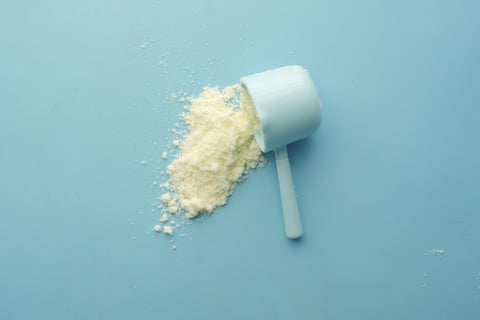

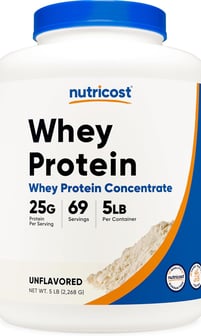



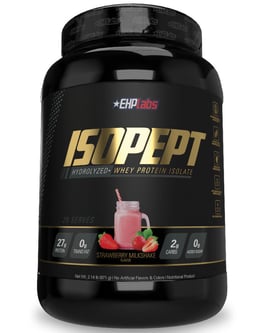

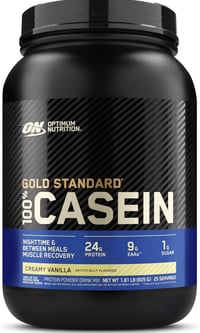


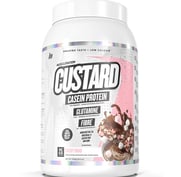
Additional info
Social media coming soon!
Contact us
Newsletter coming soon!
© 2024. All rights reserved.
